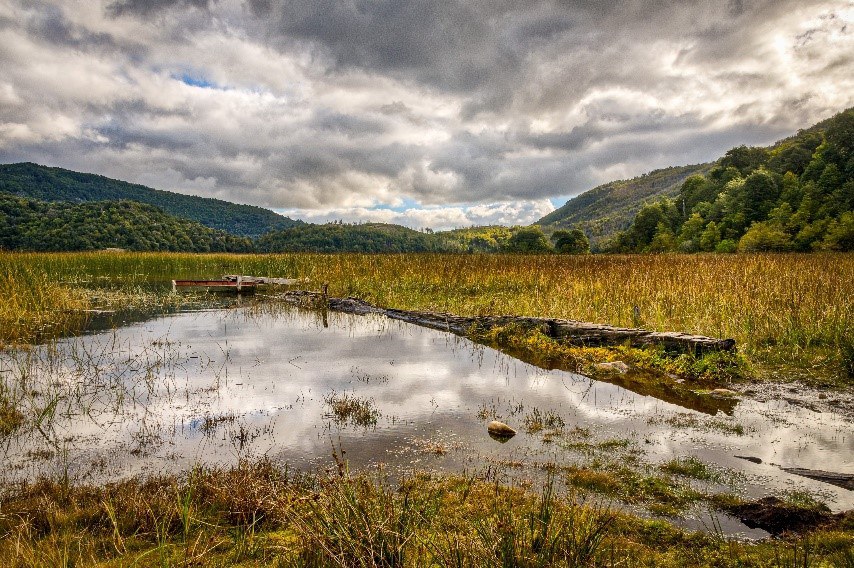
Wet peatlands contribute tremendously to stopping climate change. The European Commission should therefore pay much more attention to the fact that many such areas have been drained for agriculture in recent centuries, and the Commission should work hard to restore these areas.
This is the conclusion of the Potsdam Institute for Climate Impact Research (PIK, Germany) in a study published today.
The PIK lays some incredible figures out on the table. For example, the institute states that marshlands and peatlands retain twice as much CO2 globally than all forests put together. And all this, even though peatlands only cover 3% of the earth’s surface. But once they are drained, then their effect is reversed. Then all of a sudden they become greenhouse gas centers.
According to the PIK, all of the peatlands that been drained combined are responsible for twice as many greenhouse gas emissions each year as aviation and traffic combined.
Polder-making
According to Florian Humpenöder of the PIK, many peatlands, especially in Europe, have been drained for agricultural purposes over the past centuries. This is happening more recently on a massive scale in Southeast Asia. Humpenöder, therefore, deems it essential that more attention be paid to this. If not, it will be impossible to achieve the target of a maximum global warming level of 2 degrees Celsius.

To begin with, we should better protect the peatland areas that are still intact, according to Humpenöder. In addition, 60% of the peatlands that were drained in the past should be reclaimed.
The Netherlands
This is a message that probably will not go down very well in the Netherlands, since the western part of the Netherlands in particular used to be made up entirely or partially of peatlands that have almost all disappeared as a result of being reclaimed for land. This has created the unique Dutch polder landscape with all its peat meadows and windmills that keeps everyone’s feet dry.

“Most climate scenarios do not take into account the consequences of another type of use for peatlands,” says PIK researcher Alexander Popp. “There is a serious risk that peatlands will be wrongly classified as useless.”
A next step, as the PIK sees it, should be to take a good look at which peat areas might be eligible for restoration. Naturally, there are costs involved. Farmers, for example, would have less arable land and consumers would probably have to deal with higher food prices. Nevertheless, Humpenöder is convinced that this discussion absolutely needs to take place.
Dwindling ecosystems cost thousands of billions
The importance of preventing global warming was once again highlighted today in a report issued by Swiss Re. This Swiss reinsurance company has calculated the global costs of failing ecosystems and loss of biodiversity.
More than half of the world’s income depends on well-functioning ecosystems and biodiversity, which equates to US$41.7 trillion, according to Swiss Re – whose job it is to map out these kinds of costs. At the same time, one-fifth of all countries in the world are at risk of ecosystem failure. Consequently, the costs could run into the thousands of billions.
You can also read other IO articles on climate change via this link.

